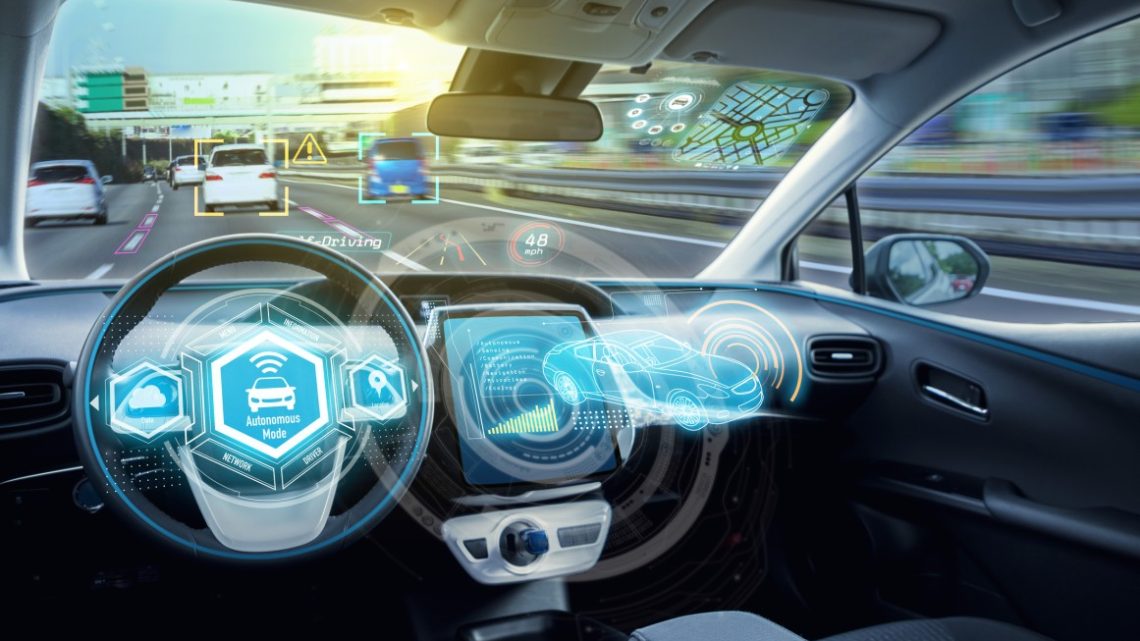
Exploring the Rise of Self-Driving Cars
January 30, 2024Have you ever wished your car could drive itself to Grandma’s? Soon enough, that may become possible.
Self-driving cars utilize various sensors to create and update an accurate map of their environment, including radar, video cameras, LiDAR (which uses pulses of light sent towards objects to measure distance) and other sensors.
Cost
Many automakers are now adding self-driving capabilities to their cars, adding costs but potentially providing substantial benefits for society as a whole. According to experts, autonomous vehicles could save society over $800 billion annually through reduced car crash costs, reduced healthcare system strain, improved energy savings, and lower maintenance and parking fees.
Autonomous cars also help improve accessibility, providing those unable to drive with safe, independent transportation options. Individuals with disabilities or elderly relying on others for transportation often rely on others who limit their freedom – giving these people more independence and freedom while protecting others at the same time.
Autonomous cars may also be less expensive than traditional taxis, with costs depending on factors like sensors, regulation, insurance and resistance from entrenched taxi monopolies. Overall though, its likely that self driving cars will become increasingly more affordable over time.
Convenience
Existing vehicles offer various driver-assistance systems, such as blind-spot monitoring and emergency braking assistance, to keep drivers focused on the road; autonomous cars take this idea a step further: drivers can rest their minds by sleeping, reading a book or playing games on their in-car entertainment system knowing their car will get them where they need to go safely.
Autonomous vehicles have the capability to communicate and coordinate among themselves, thus eliminating traffic jams caused by human error or sudden lane changes, creating shorter routes while decreasing energy consumption by decreasing vehicle count on roads.
Self-driving cars can serve as first and last mile public transportation shuttles, providing connections between your home or office and bus, train, bike stations. This reduces congestion, air pollution, as well as costly parking spaces by replacing multiple personal cars in urban areas with one autonomous ride-hailing car service.
Safety
Self-driving cars create and update an internal map of their surroundings using various sensors such as radar, high-powered cameras and lasers (LIDAR), sophisticated motion sensors, highly accurate GPS, computer vision algorithms that detect lane markings, street signs, traffic lights, other vehicles and pedestrians.
Autonomous vehicles tend to experience far lower accident rates than human drivers and can operate more safely when weather conditions become inclement or when pedestrians congregate in large numbers.
Autonomous vehicles will help reduce congestion and pollution problems on our roadways by decreasing car numbers on them, increasing delivery efficiency, or becoming the main form of public transport in major cities. They could create more livable streets with reduced noise and traffic noise levels leading to greener world. People will save money on car insurance premiums, gas, parking tickets as well as any associated expenses; collectively autonomous cars could save over $800 billion annually in crash costs, healthcare system strain, parking tickets etc.
Environmental Impact
One of the major worries regarding self-driving cars is how they will impact the environment. While they can use renewable energy sources like solar and wind power for power, computers still use electricity so emissions still exist; however, these cars could be programmed to drive more efficiently and reduce fuel consumption through programs designed specifically to do just this.
Autonomous cars can communicate with other vehicles and traffic systems to optimize traffic flow and decrease travel times, helping reduce congestion while simultaneously decreasing pollution levels.
Autonomous cars utilize sensors to detect other vehicles, pedestrians and obstacles – improving safety while making driving more efficient and enabling ride-sharing companies to expand their service offerings to those unable to operate a vehicle – with potentially significant economic and social ramifications; though it remains uncertain if this will lead to increased miles being driven or simply change how people travel.





